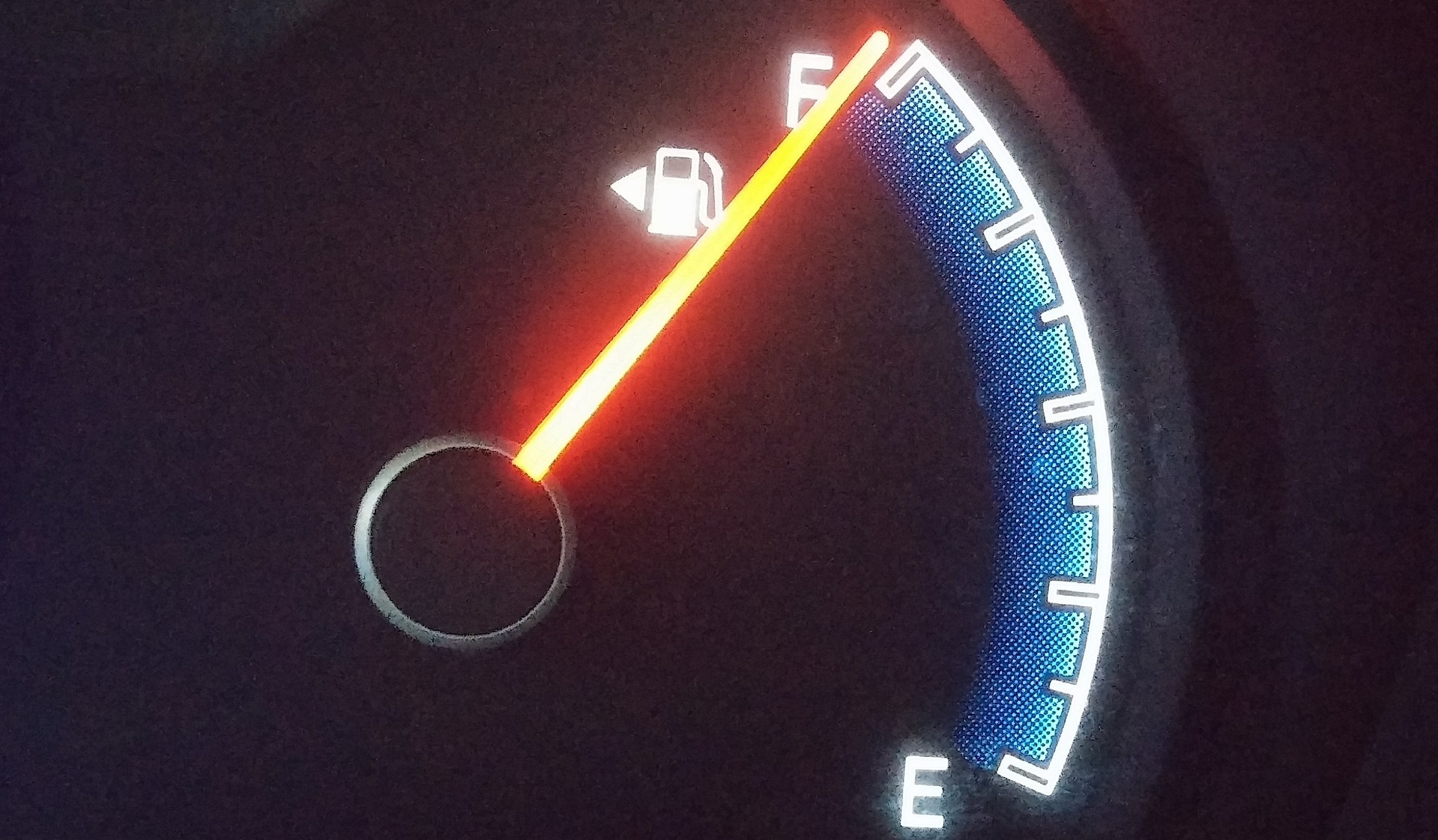How to calculate and reduce your fuel consumption
01 July 2020
With the cost of living a constant concern, we receive many calls from our Members asking for advice on fuel consumption.
During winter our fuel economy generally reduces, partly due to the engine taking longer to reach the optimum temperature and the increased use of our wipers and lights.
On 1 July 2020 the petrol excise duty went up by 4 cents per litre, increasing the cost of running your vehicle by $35 to $40 per annum if you drive the national average annual mileage (11,500km).
Here are our six practical tips to help get more distance for your dollar:
1. Keep your car in top condition
A little love goes a long way. A well-maintained car can use 10 to 20% less fuel than an inadequately maintained one. Giving your car a wash and wax will help it become more aerodynamic, as does removing unused roof racks. The right tyres for the conditions, correct tyre pressure, wheel alignment and regular servicing all contribute to fuel savings.
2. Don't speed
Driving faster doesn't always mean you'll get there quicker. By sticking to speed limits, you can significantly reduce your fuel bill. Speeding also increases the chances of injury in an accident.
3. Drive smoothly
Accelerate smoothly and slowly away from green lights, and stop gradually for red lights. Change gear early (but don't labour the engine). If you drive an automatic, allow the transmission to change up early by accelerating on a light throttle. Don't accelerate hard from rest, but let the car move off gently. Don't brake hard for corners, and accelerate out. Slow down gently, avoid harsh braking, negotiate and exit the corner on a light throttle.
4. Watch your air conditioning
Using air conditioning at higher speeds is more fuel efficient than having your windows down, which creates excessive drag. However, according to the Energywise™ online fuel efficiency tool, having the air conditioning on constantly could cost you an extra $200 a year. Find your balance of comfort and economy.
5. Keep your load weight down
It might sound obvious, but a heavier car means the engine has to work harder. Take any unnecessary items, such as golf clubs and sports gear, out of your car when you’re not using them.
6. Avoid short trips
If your destination is only a short distance away, try and use alternative modes of transport, such as walking or cycling. Around a third of NZ car trips are less than two kilometres in length and vehicles use more fuel when they're cold.
How to calculate your fuel economy:
Most modern vehicles now have a digital fuel consumption readout that displays kilometres per litre. For vehicles without this technology, it can be a simple calculation that might provide you with some interesting numbers.
First, fill the tank until the self-trigger clicks off. Zero the trip display and start driving. Make it a mix of town and highway as a combination will give a good general consumption figure and make sure to drive as you would under normal conditions for the best results.
After a rounded figure (e.g. 300 or 400km), refill the tank until it switches off at the same point while keeping a record of the litres used.
Formula used for conversion and calculation of fuel consumption
• Divide the distance by the litres used to get the km/litre.
• Convert the km/litre to L/100 km i.e. divide 100 by km/litre.
• If you use the imperial system, convert km/litre to miles per gallon by multiplying km/litre by 2.825

